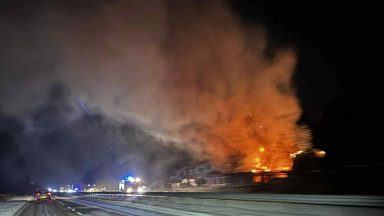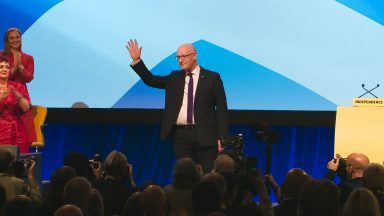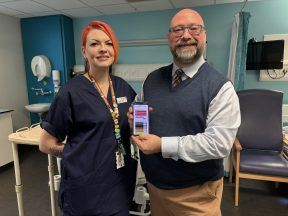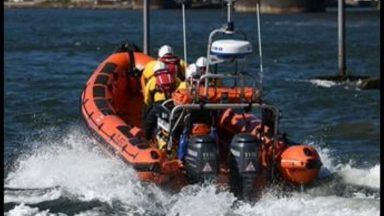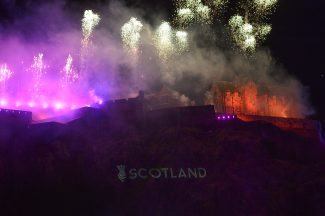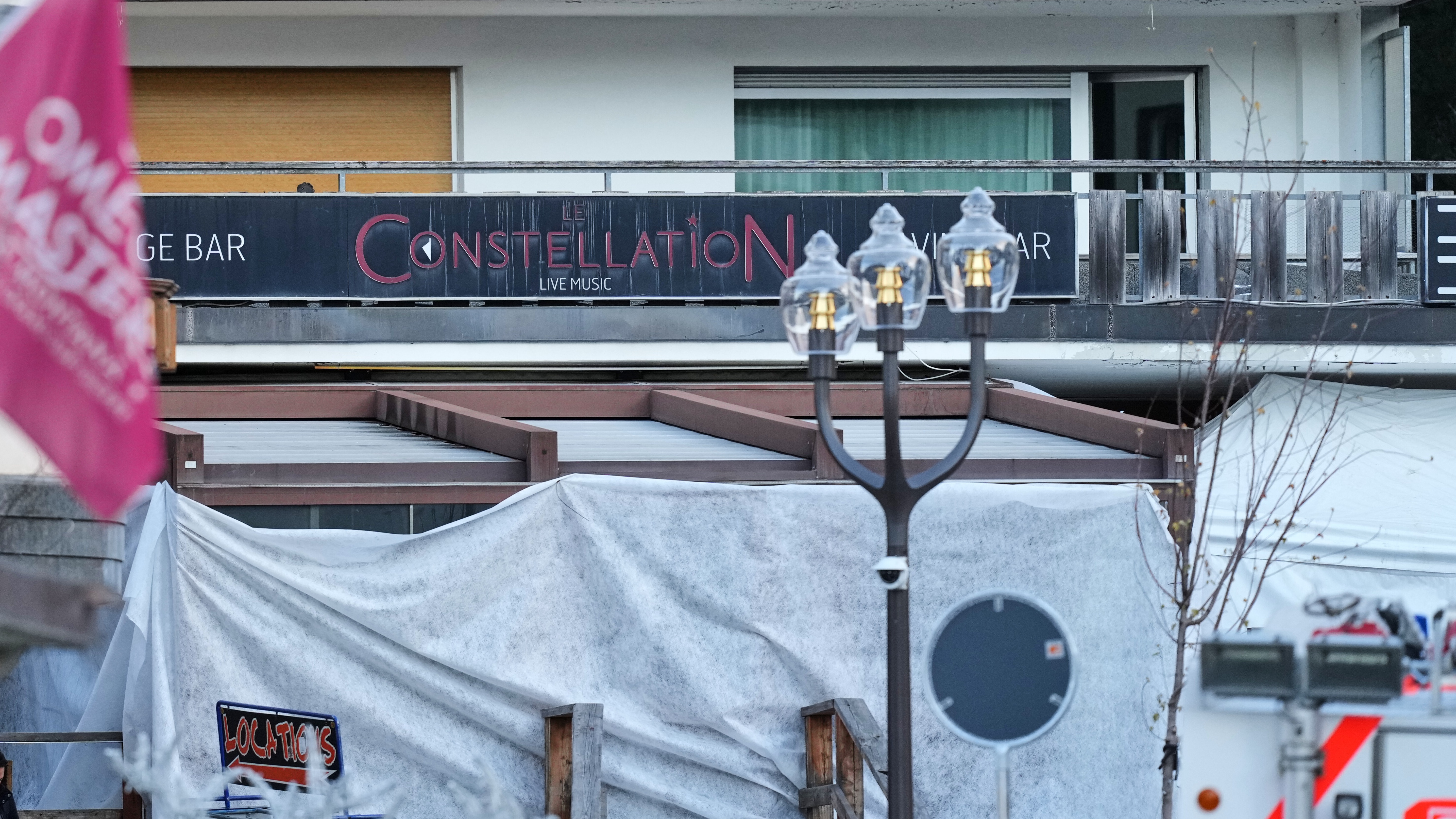An array of high-tech sensors will transform the Forth Valley into a living laboratory, a university will tell delegates at the COP26 climate conference in Glasgow.
The Forth Environment Resilience Array, directed by the University of Stirling, will use sensors, satellites and artificial intelligence, to monitor the Firth of Forth catchment, and collate the environmental data, including water quality statistics, in real time.
Professor Andrew Tyler, of Scotland’s International Environment Centre at the university, and chairman of Scotland Hydro Nation, said the Forth-ERA would help put the environment “at the heart of decision making”.
“We are already feeling the effects of climate change through water, in flood and drought, but water offers solutions too, in resilience to extreme events, and in carbon capture and emissions reduction,” he said.
“Forth-ERA will provide a platform for green economic recovery by providing business, industry and regulators with access to live data, analytics, and dynamic monitoring capabilities, helping to inform agile decision making and an informed approach to cleaner, greener ways of working.
“Through driving business innovation and helping stakeholders to model the impact of climate change and foresee the consequences of interventions, Forth-ERA will help to put the environment at the heart of decision making.”
The data collected will be used to drive clean growth and support the region in its transition to net zero, the university said, and the would be made available to communities, agencies, businesses and organisations.
The technology which enables the Forth-ERA can now be used in a wide range of settings and sectors, the university said, including agriculture, oil and gas, local and national Government, and public health.
The Scottish Environmental Protection Agency (SEPA) is already working with the Forth-ERA team on several uses of the technology, including the potential for systems to support monitoring and predicting bathing water quality in real time, and to establish early flood warning and monitoring.
Terry A’Hearn, chief executive of the agency, said the “climate emergency is accelerating and there is a real urgency to act”.
“The data being produced through Forth-ERA is offering a unique perspective into the intricate relationships between water and its use or impact on multiple scales,” he said.
“The additional information and collaboration the project fosters will help us to maximise environmental solutions for an increasingly volatile climate.”
Scottish Water will use Forth-ERA’s capabilities to monitor water quality in drinking water reservoirs, while the team will also be working with NatureScot and the UK Centre for Ecology and Hydrology to explore how the technology can be used to measure the benefits of projects to restore peatlands and rivers.
And the data collected by the sensors is also being used in the food and drink industry, too.
Diageo is working with the project, using the real-time data to monitor temperature and conductivity changes in the water around their Cameronbridge distillery, near Leven, Fife.
Lee Oliver, environmental manager at the drinks giant, said: “Both our Cameronbridge distillery and Leven packaging plant are located within the Leven catchment, which drains directly into the Forth, so we have a responsibility to understand how we fit into the Forth ecosystem.”
Follow STV News on WhatsApp
Scan the QR code on your mobile device for all the latest news from around the country


 PA Media
PA Media

